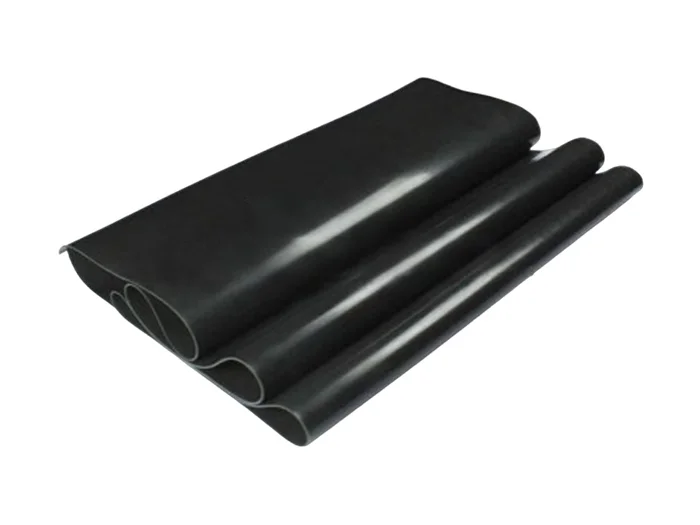Understanding the Lifespan of Laser Printers: What You Need to Know for Optimal Performance
3 min readWhen considering the longevity of office equipment, one of the most frequently asked questions is, What is the life expectancy of a laser printer? This inquiry is not merely about the number of years a printer can function but also encompasses the quality of output, maintenance requirements, and overall cost-effectiveness. In this article, we will delve into the factors that influence the lifespan of laser printers, how to maximize their durability, and what to expect as they age.
The Average Lifespan of Laser Printers
On average, a laser printer can last anywhere from 3 to 7 years, depending on various factors. This range is influenced by the printer's make and model, usage frequency, and maintenance practices. High-end models designed for heavy-duty use may last longer, while entry-level printers may show signs of wear and tear sooner.
Factors Influencing Lifespan
- Usage Patterns: The frequency and volume of printing significantly affect a laser printer's lifespan. Printers used for high-volume tasks in busy office environments will experience more wear compared to those used sporadically in a home office. Manufacturers often provide a recommended monthly page yield, which can serve as a guideline for expected performance.
- Quality of Components: The materials and technology used in the construction of a laser printer play a crucial role in its durability. Printers with higher-quality components, such as robust imaging drums and fuser units, tend to have longer lifespans. Investing in a reputable brand can often yield better longevity.
- Maintenance Practices: Regular maintenance is essential for extending the life of any printer. This includes routine cleaning, timely replacement of consumables (like toner cartridges and drums), and addressing minor issues before they escalate. Neglecting maintenance can lead to decreased performance and a shorter lifespan.
- Environmental Conditions: The environment in which a laser printer operates can also impact its longevity. Factors such as temperature, humidity, and dust levels can affect the printer's internal components. Keeping the printer in a controlled environment can help mitigate these risks.
Signs of Aging and When to Replace
As laser printers age, they may exhibit several signs that indicate it may be time for a replacement. Common symptoms include:
- Decreased Print Quality: If you notice fading, streaks, or inconsistent print quality, it may be a sign that the printer's components are wearing out.
- Frequent Paper Jams: An increase in paper jams can indicate that the printer's rollers or other mechanisms are deteriorating.
- Increased Maintenance Costs: If the cost of repairs and maintenance begins to exceed the cost of a new printer, it may be more economical to invest in a replacement.
Maximizing Your Laser Printer's Lifespan
To ensure your laser printer lasts as long as possible, consider the following best practices:
- Follow Manufacturer Guidelines: Adhere to the recommended maintenance schedule and usage guidelines provided by the manufacturer.
- Use Quality Consumables: Invest in high-quality toner cartridges and replacement parts to avoid damaging the printer.
- Keep it Clean: Regularly clean the printer's exterior and interior components to prevent dust buildup, which can lead to malfunctions.
- Monitor Usage: Keep track of your printing habits and adjust them if necessary to stay within the recommended monthly page yield.
Conclusion
Understanding the life expectancy of a laser printer is crucial for both personal and professional use. By recognizing the factors that influence longevity and implementing best practices for maintenance, users can maximize their investment and ensure consistent performance. While the average lifespan of a laser printer ranges from 3 to 7 years, proactive care can extend this period significantly. Ultimately, being informed and attentive to your printer's needs will lead to a more efficient and cost-effective printing experience.


